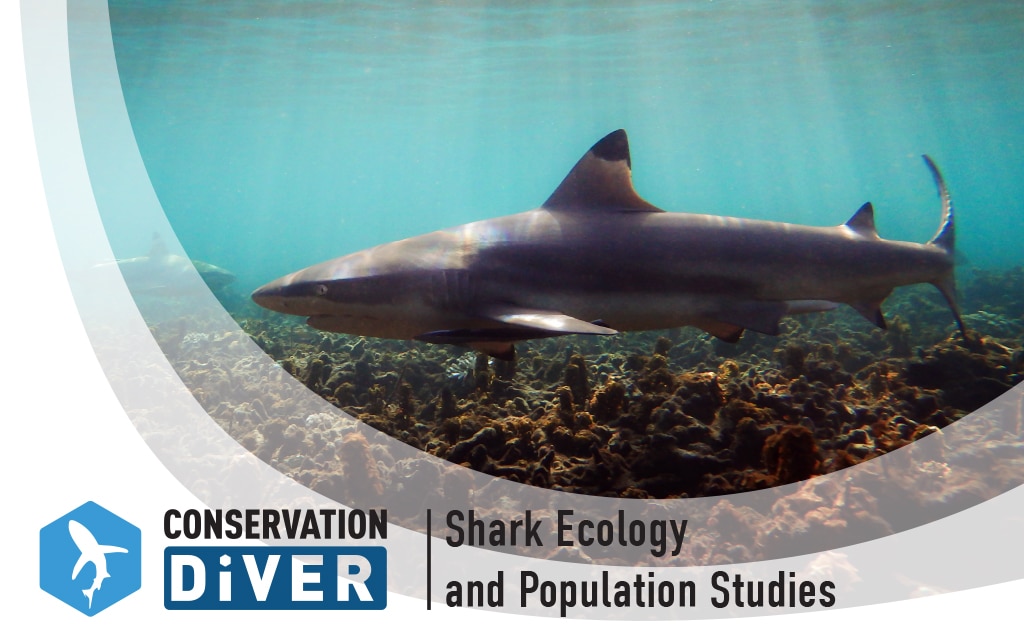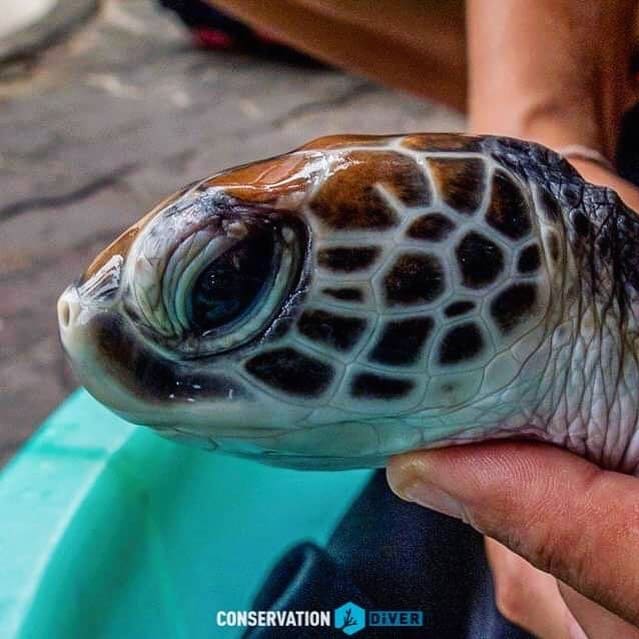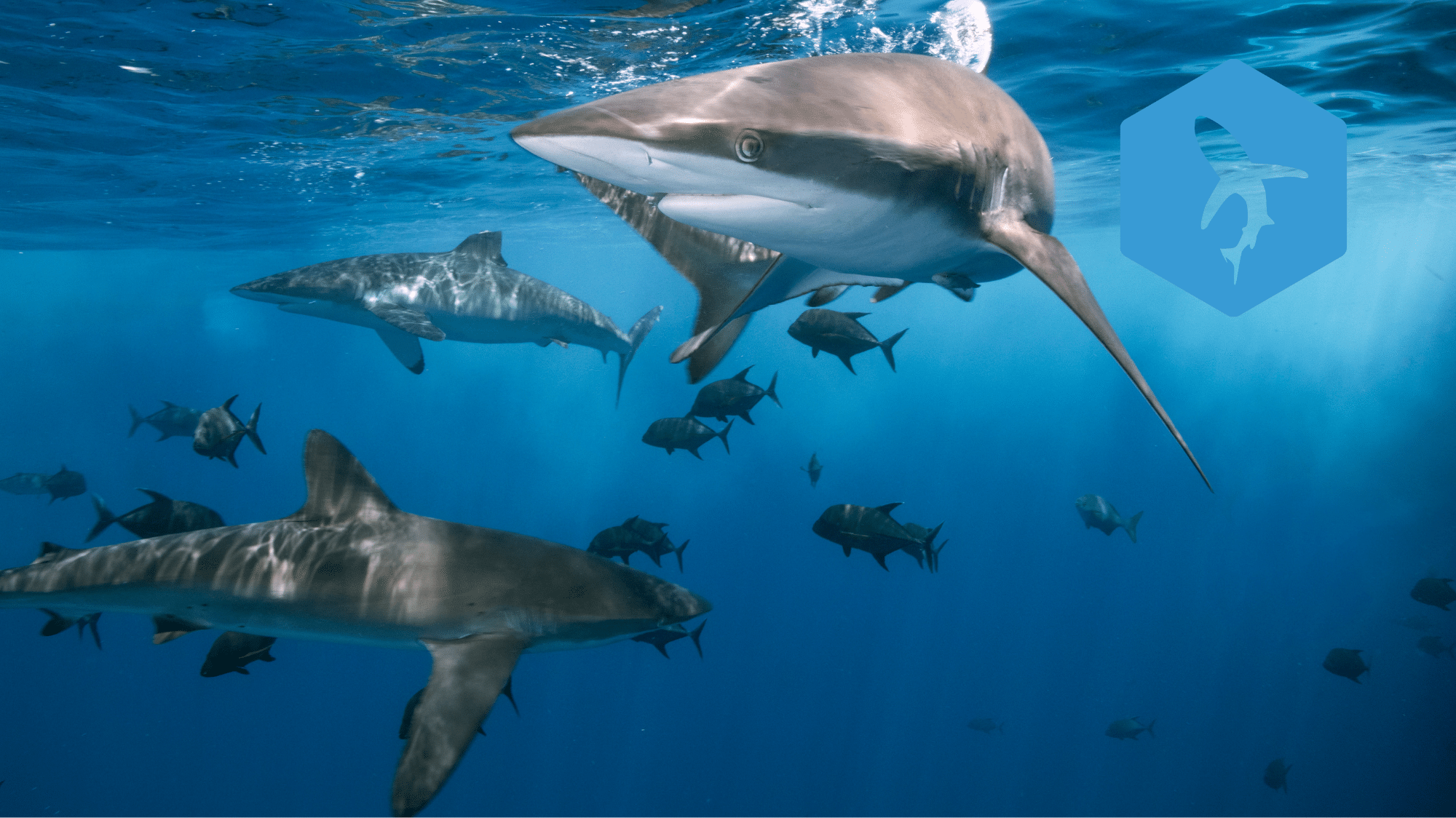Mooring Line Maintenance & Installation
Mooring Line Maintenance & Installation

Mooring lines are one of the most simple and effective means to reduce structural damage to coral reefs caused by anchors and boats. Any tourism impacted area should have mooring lines available for use, but they can often be difficult and expensive to install. In this course you will gain a wide range of knowledge on the assembly and installation of effective mooring buoys. After receiving this certification you will have all of the necessary skills needed to maintain or install mooring buoys wherever they are needed.

Prerequisites
- Be 12 years of age or older
- Be certified as an Advanced diver under a leading diving organization (PADI, SSI, RAID, etc) or an Open Water diver who has satisfactorily completed a buoyancy appraisal with a professional diver
- Demonstrate proper diving ability at an advanced Level and be proficient in buoyancy and self-awareness
Standards
- Understand the theories and practicalities of marine zoning and spatial planning
- Learn about the proper selection or construction of mooring lines bases/anchor points
- Understand the various parts of the mooring system, and how to design it for strength and longevity
- Know how to tie eight knots used throughout the installation of mooring lines
- Install/maintain a mooring line system
Requirements
- Attend the Mooring Buoy and Marine Zoning lecture
- Demonstrate the ability to tie all eight knots discussed in the lecture
- Evaluate a mooring buoy and record data on its condition
- Install or maintain a mooring buoy system
Expected course time about 6 hours
Certification Card

Training Centers
Other Resources
Nudibranch & Sea Slug Ecology
Nudibranch & Sea Slug Ecology

Nudibranchs, and other sea slugs, are a diverse and fascinating group of marine gastropods that have developed very colorful and ornate forms. Apart from being a favorite sighting by divers and photographers, their biodiversity is an indicator of total reef diversity, and also can be used when assessing changes in the physical or biological composition of marine areas in the face of disturbances. In our course you will learn about the ecology and taxonomy of sea slugs, and about how to conduct scientific surveys to monitor their abundance and diversity.
Prerequisites
- Be 12 years of age or older
- Be certified as an Advanced diver under a leading diving organization (PADI, SSI, RAID, etc) or an Open Water diver who has satisfactorily completed a buoyancy appraisal with a professional diver
- Demonstrate proper diving ability at an advanced level and be proficient in buoyancy and self-awareness
Standards
- Be able to differentiate between different families of sea slugs using anatomical features
- Learn various survey methods (endo-benthic, quadrat sampling, roving diver) used to survey for marine invertebrates in the muck.
- Be familiar with the hierarchical structure of taxonomy (phyla to species).
- Learn about the differences between morphological and molecular identification for marine invertebrates.
- Understand the ecological and economic role of sea slugs globally
Requirements
- Attend the nudibranch and sea slug lecture
- Complete the Sea Slug Quiz with a passing grade of at least 80%
- Attend at least 1 briefing involving procedures for diving in soft-sediment habitats (aka. muck habitat)
- Conduct at least 1 survey to observe and record sea slugs
- Complete identification of 2 different species (underwater or using photos) using online and library resources
Expected course time about 4 hours
Certification Card

Training Centers
- Hawai'i - Ocean Alliance Project
- Indonesia – Blue Marlin Conservation
- Madagascar - MRCI
- Thailand – ATMEC
- Thailand – Black Turtle Conservation
- Thailand – NHRCP
Published papers and studies based on this course
Scientific papers
- A new species of coral-feeding nudibranch (Mollusca: Gastropoda) from the Gulf of Thailand. by Rahul Mehrotra, Spencer Arnold, Adam Wang, Suchana Chavanich, Bert W. Hoeksema & Manuel Caballer
- Selective consumption of sacoglossan sea slugs (Mollusca: Gastropoda) by scleractinian corals (Cnidaria: Anthozoa) by Rahul Mehrotra, Coline Monchanin, Chad M. Scott, Niphon Phongsuwan, Manuel Caballer Gutierrez, Suchana Chavanich, Bert W. Hoeksema
- The extraordinary genus Myja is not a tergipedid, but related to the Facelinidae s. str. with the addition of two new species from Japan (Mollusca, Nudibranchia) by Alexander Martynov, Rahul Mehrotra, Suchana Chavanich, Rie Nakano, Sho Kashio, Kennet Lundin, Bernard Picton and Tatiana Korshunova
- The formerly enigmatic Unidentiidae in the limelight again: a new species of the genus Unidentia from Thailand (Gastropoda: Nudibranchia) by Tatiana Korshunova, Rahul Mehrotra, Spencer Arnold, Kennet Lundin, Bernard Picton and Alexander Martynov
- On the genus Armina (Gastropoda: Heterobranchia: Nudibranchia) in Thailand by Rahul Mehrotra, Manuel Caballer Gutierrez and Suchana Chavanich
- Species inventory of sea slugs (Gastropoda: Heterobranchia) for Koh Tao, Thailand, with 25 first records for Thai waters by Rahul Mehrotra and Chad M. Scott
- Predation on a sacoglossan gastropod by a mushroom coral by Rahul Mehrotra, Chad M. Scott, Joel M. Rohrer and Bert W. Hoeksema
Articles
- A new species of coral-eating nudibranch
- Corals Have Evolved to Eat Sea Slugs
- The Koh Tao Team Makes a New Nudibranch Discovery
- A New species of Sea Slug – Found on Koh Tao
Related Resources
Shark Ecology & Population Studies
Shark Ecology & Population Studies

Sharks are one of the top predators of almost all marine environments; they have played a major role in driving the evolution of many of the other fishes and marine life. But today shark species around the globe are heavily threatened due to over-fishing. In this course you will learn more about the shark species of the world, as well as get the skills and practice monitoring shark populations and contributing to national and internal databases.



Prerequisites
- Be 12 years of age or older
- Be a competent swimmer if performing the course snorkelling
- Be certified as an Advanced diver under a leading diving organization (PADI, SSI, RAID, etc) or an Open Water diver who has satisfactorily completed a buoyancy appraisal with a professional diver
- Demonstrate proper diving ability at an advanced Level and be proficient in buoyancy and self-awareness
Standards
- Understand the importance of sharks in the marine ecosystem, global and local threats to shark populations, and shark identification.
- Learn how to survey for sharks and the various methods available to estimate abundance and diversity.
- Practice surveying for sharks while snorkeling or diving and record data on the sharks observed
- Know how to enter data into the Conservation Diver database and also partners such as SharkTrust.org and the eShark Project.
Requirements
- Attend 1 lecture on Shark Ecology and Population Studies
- Perform a dive OR snorkel to observe sharks
- Record data on shark observations
- Enter data into Conservation Diver and partner databases
Expected course time about 5 hours.
Certification Card

Training Centers
- Hawai'i - Ocean Alliance Project
- Indonesia – Blue Marlin Conservation
- Thailand – Black Turtle Conservation
- Thailand – NHRCP
Citizen Science Collaborators


Coral Spawning and Larval Culturing Program
Coral Spawning and Larval Culturing Programs for Reef Restoration

Coral Spawning and larvae culturing is a relatively new form of obtaining feedstock’s for reef restoration. Rather than using ‘donor’ colonies, which are usually sourced from the natural reefs, this technique uses coral eggs and sperm to create new coral colonies which are all genetic individuals. For years this technique has only been available to researchers and professionals with a high amount of knowledge, expertise, and funding. With our improved techniques however anybody can involve in these techniques, improving the genetic diversity of restored areas and increasing the resilience of corals reefs.
Prerequisites
- Be 12 years of age or older
- Be certified as an Advanced diver under a leading diving organization (PADI, SSI, RAID, etc) or an Open Water diver who has satisfactorily completed a buoyancy appraisal with a professional diver
- Demonstrate proper diving ability at an advanced Level and be proficient in buoyancy and self-awareness.
- Be certified in our Coral Restoration Theory & Techniques Course
Standards
- Understand the reproductive cycles of corals and their importance in maintaining diversity and renewing reef growth.
- Understand various modes and evolutionary stable strategies in coral reproduction, and their implications with reef threats and restoration.
- Learn how to track and predict coral spawning events.
- Learn how to capture coral larvae and eggs and fertilize them with a focus on maximizing genetic diversity.
- Learn how to culture and settle coral larvae using ex-situ husbandry.
- Learn how to maintain and troubleshoot the flow-through larvae rearing ponds.
Requirements
- Attend 3 lectures on coral spawning and larval capturing and culturing
- Perform 3 dives related to coral spawning activities (1) in-water histology and site preparation (2) Spawning observation and timing (3) Larval capture and fertilization
- Assist in the fertilization and rearing of coral larval
Minimum course length 12 hours
Certification Card

Training Centers
Published papers derived from this course:
- Developing community-accessible methods of increasing coral reef resilience through selective coral breeding programs (Chad M. Scott and James D. True)
- Community Based Strategies to Enhance Coral Reef Resilience and Recovery through Selective Coral Larval Culturing to Strengthen Population Genetic Fitness (Chad Scott, Prince of Songkla University)
- Culturing of coral spawn Analysis of the implementation of a scientific project into the community of Koh Tao, Thailand (Christoph Hoppe, Van Hall Larenstein)

Sea Turtle Ecology and Head-starting Program

Sea Turtle Ecology and Head-starting certification program
All 7 species of sea turtle on the planet today are on the endangered species list, with populations of some reduced by 98%. Divers form a network that is integral in the identification and monitoring of sea turtle populations around the globe. Furthermore, in this course you will learn skills and techniques to feed and care for sea turtles in a nursery, rehabilitation program, or head-starting program.
Prerequisites
None (SCUBA diving section of the program is optional, and encouraged)
Standards
- Learn about the ecology, evolutionary history, threats, and identification of sea turtles
- Understand the basics behind sea turtle head-starting programs as well as the science and debate about such initiatives
- Attending briefing on the sea turtle nursery and understand how the system operates and how to troubleshoot the flow through system
- Know how to properly handle, care for, and feed sea turtles in nursery or rehabilitation programs
- Know how to monitor sea turtle growth and maintain the nursery
- Know how to perform the water quality check
Requirements
- Attend 1 lecture and 1 practical briefing
- Take data on sea turtle growth (weight and shell length)
- Perform cleaning, feeding, and maintenance activities
- Identify a sea turtle during a dive/snorkel and report the data to our database (Optional)
Expected course time about 2-5 hours (depending on if dive is completed or not)





